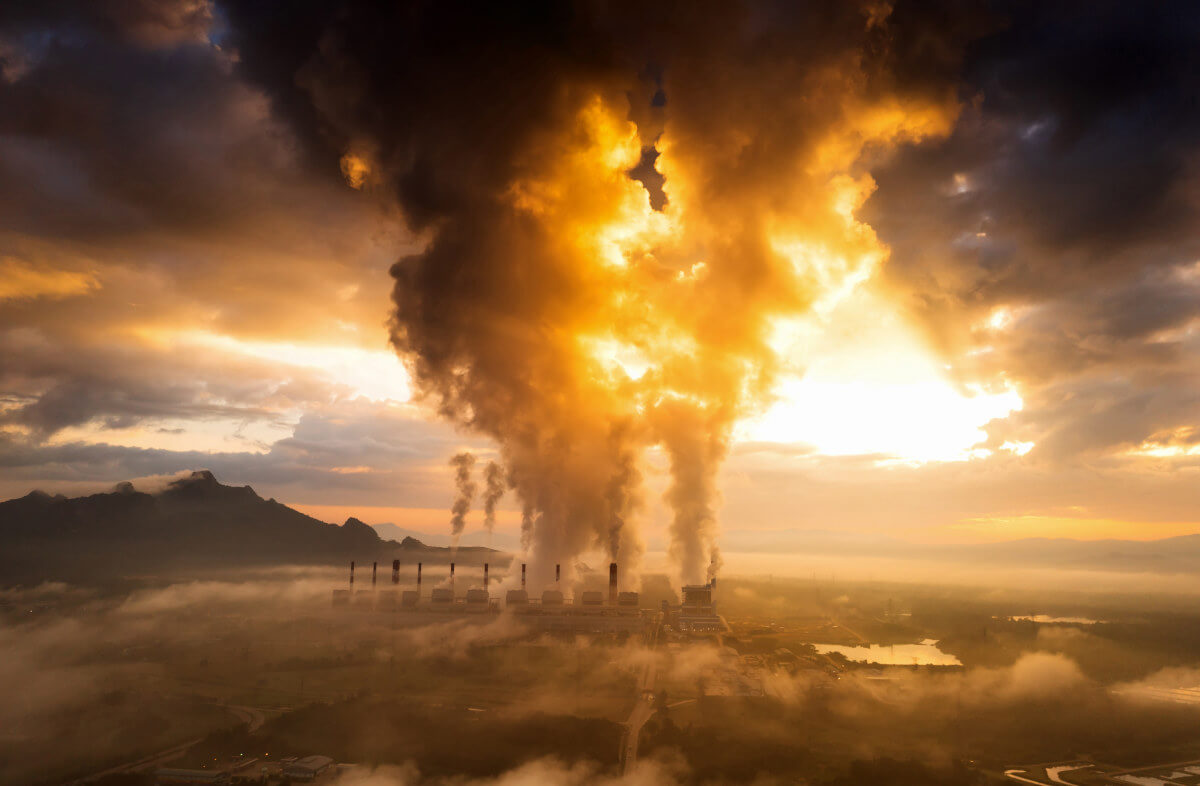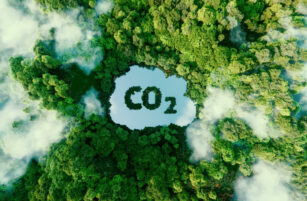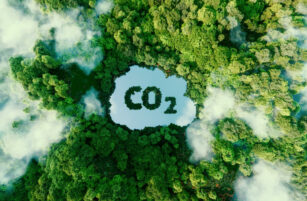Insight Focus
EU CBAM will require imports to pay for embedded emissions from 2026. Imports from countries with carbon markets will enjoy some discount. Brazil, India, Turkey among countries racing to set up carbon markets.
CBAM Reporting Kicks In
Europe’s Carbon Border Adjustment Mechanism (CBAM) has been in force since October last year, with importers now required to report on the embedded carbon emissions of selected materials being brought into the region.

At the moment, prices for the most common types of carbon credits typically range from USD 0.20/tonne to nearly USD 20/tonne, depending on the project type, location and year. Prices in the main global cap-and-trade markets range from USD 21/tonne to USD 76/tonne.
CBAM is all about reporting emissions, and that task is already proving to be very difficult. For example, manufacturers of raw materials in some countries may not be keen to share data on the carbon-intensity of their operations, but the EU does not appear to be backing away from its intention to export climate ambition.
And there is one consideration above all that is focusing minds in capitals around the world: why should the EU be the only jurisdiction earning money from carbon emissions? Lawmakers around the world are realising that if pricing carbon is here to stay, then it would be better that the revenue from it remains at home.
Though the financial element of CBAM will only apply from 2026, a growing number of Europe’s trading partners are hastening to implement their own carbon pricing systems to minimise, if not completely mitigate, the costs of doing business with Europe.
The new carbon border levy will put a price on each tonne of greenhouse gas emissions embedded in steel and iron, aluminium, hydrogen, fertilisers, cement and electricity brought into the EU. This price will be set by the EU’s internal carbon market – the EU ETS – which is currently the highest in the world at more than EUR 70/tonne.

Source: ICE
EC Works on Reporting Requirements
Brussels has formally approved legislation setting up the CBAM system and has issued regulations governing how importers should report their emissions. Not only do importers (referred to as “declarants” in EU law) need to monitor and report the emissions from production processes such as aluminium smelting, but also the indirect emissions in these processes, such as electricity consumed to generate heat or steam.
These rules represent a massive amount of data that must be collected, verified and submitted to the European Commission, and it’s no surprise that the EU will eventually set its own method for calculating embedded GHGs when the transitional stage of CBAM comes to an end.
But the work of setting up CBAM is only half done. The Commission is yet to roll out regulations governing the authorisation of declarants, the role and responsibilities of independent verifiers who will check declarants’ data and even the establishment of a CBAM registry to hold all future data.
And before the start of the full CBAM phase in 2026, Brussels will need to set out rules on how to calculate embedded emissions using its own default method, how to calculate the financial CBAM liability, how to buy CBAM certificates and how to return any surplus certificates, and how the EU will calculate carbon prices paid in countries of origin.
Countries Rush for Parity
This last element is triggering a surge of activity around the world as governments rush to set up their own domestic carbon pricing systems that could take the sting out of the cost of CBAM.
It must be emphasised that the EU will only give exemptions to CBAM to imports of materials from those countries in which an “equivalent” carbon price is paid.

A substantial number of countries already impose carbon prices in the form of e
A substantial number of countries already impose carbon prices in the form of emissions trading systems or carbon taxes, but others are now setting up carbon markets through which they intend to offset some of the cost of not just Europe’s CBAM, but other border levies being put in place (such as in the UK).
Countries ranging from Vietnam to Turkey and India to Brazil are developing systems to trade either carbon credits or mandatory allowances, and these systems are expected to generate a wide variety of prices. Each one will need to be analysed by the EU to establish a differential value.
Carbon Trading Clarity Needed
It’s not yet clear whether the EU will consider carbon markets that enable trade in carbon credits – as opposed to allowances – to be “equivalent” to the EU’s own system. This is because cap-and-trade systems like those in the EU, UK and North America set an absolute limit on the volume of greenhouse gases that can be emitted.
Carbon crediting mechanisms don’t set any limit; they simply require that each tonne of greenhouse gas is compensated for by the purchase and retirement of a credit.
missions trading systems or carbon taxes, but others are now setting up carbon markets through which they intend to offset some of the cost of not just Europe’s CBAM, but other border levies being put in place (such as in the UK).
Countries ranging from Vietnam to Turkey and India to Brazil are developing systems to trade either carbon credits or mandatory allowances, and these systems are expected to generate a wide variety of prices. Each one will need to be analysed by the EU to establish a differential value.
Carbon Trading Clarity Needed
It’s not yet clear whether the EU will consider carbon markets that enable trade in carbon credits – as opposed to allowances – to be “equivalent” to the EU’s own system. This is because cap-and-trade systems like those in the EU, UK and North America set an absolute limit on the volume of greenhouse gases that can be emitted.
Carbon crediting mechanisms don’t set any limit; they simply require that each tonne of greenhouse gas is compensated for by the purchase and retirement of a credit.

At the moment, prices for the most common types of carbon credits typically range from USD 0.20/tonne to nearly USD 20/tonne, depending on the project type, location and year. Prices in the main global cap-and-trade markets range from USD 21/tonne to USD 76/tonne.
CBAM is all about reporting emissions, and that task is already proving to be very difficult. For example, manufacturers of raw materials in some countries may not be keen to share data on the carbon-intensity of their operations, but the EU does not appear to be backing away from its intention to export climate ambition.
And there is one consideration above all that is focusing minds in capitals around the world: why should the EU be the only jurisdiction earning money from carbon emissions? Lawmakers around the world are realising that if pricing carbon is here to stay, then it would be better that the revenue from it remains at home.













